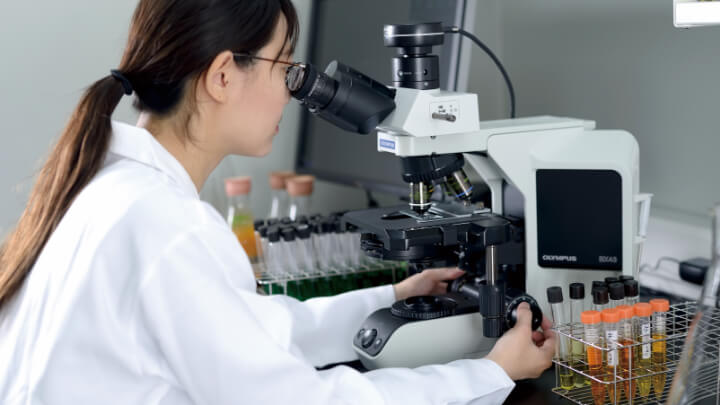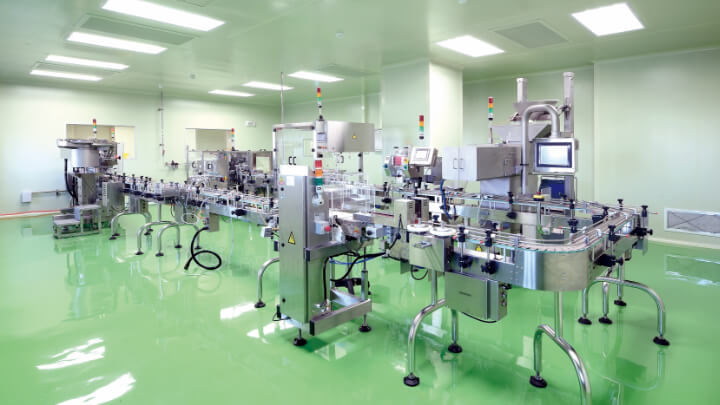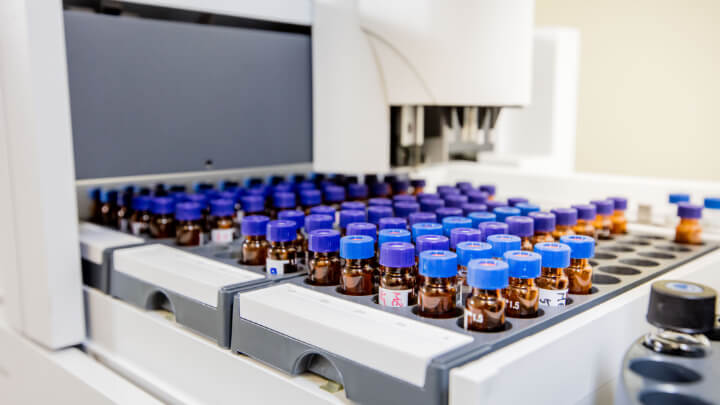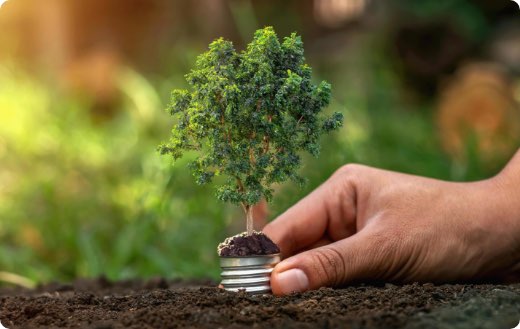
Air Pollution Prevention
Through the process conducted by the air pollution prevention facility, Grape King Bio improves and raises the quality of the environment. All plants of the company regularly implement various maintenance operations on the environmental protection and treatment facility to ensure the systems’ normal operations. We have also completely replaced heavy fuel oil with natural gas to reduce environmental impact and achieve co-prosperity with surrounding neighborhoods.










